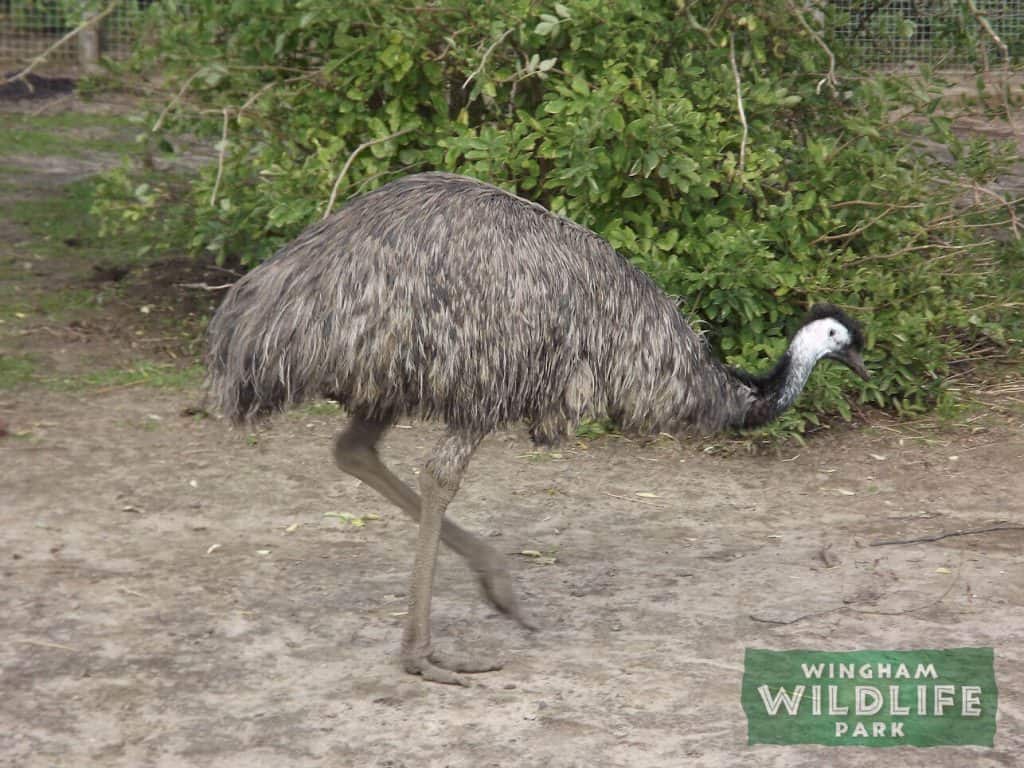
Emu Natural History
Size
This bird can stand at a height of 6.6 ft (2m).
Habitat and Distribution
This Australian bird covers much of the continent. However, it tries where possible to avoid heavily populated areas, thick forest and very arid plains. It once inhabited Tasmania as well but was driven in to extinction in this area at the time of the first European settlement there.
Age
The average life span of these birds is 10 to 20 years.
Diet
Much of their diet is seasonal where they will feed on seeds in the dry season and then on the fresh shoots of plants and grasses when these sprout during the wet seasons. They will also feed on a variety of small insects.
Groups and Breeding
Through December and January these birds will bond in pairs, in which they might stay for up to 5 months to breed. After mating, the female will start to lay 1 egg every 2 to 3 days for up to 11 to 20 eggs, in a nest constructed of dry vegetation and soil by the male. The young hatch after approximately 53 days.
Threats
Some small populations of this bird are threatened often due to destruction by domestic dogs and collisions with motor vehicles. Generally however these birds are thought to be inclining in number even though they are largely still used as a source of food, especially for aboriginal people.
Interesting Facts
This bird is able to sprint for sometime at a speed of 31 Mph. Emus were the first birds in which genetically identical twins were discovered.
The Emu During Your Day Out in Kent
We have one here at the park named Cutie who lives with the Rheas and Maras on the 1 acre lake opposite the big cats.
The more you know…
Want to know more about this animal? Check out our keeper blogs about them here.
Fantastic Feathers Part II: How Do Birds Care For Their Feathers?